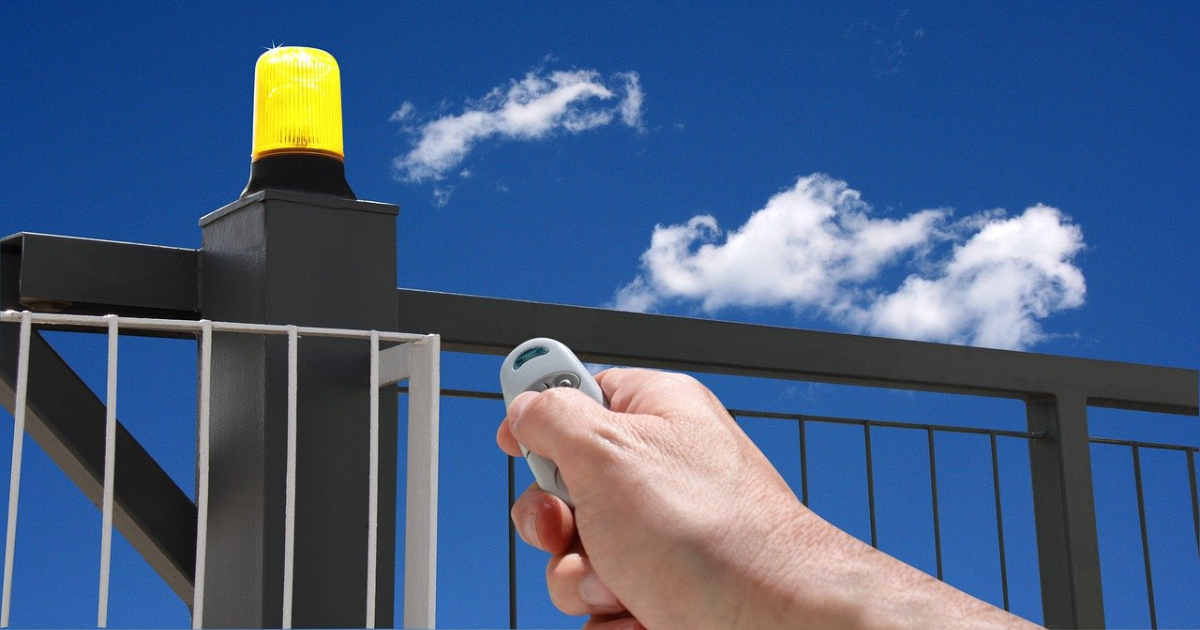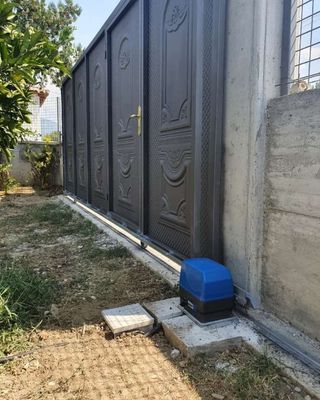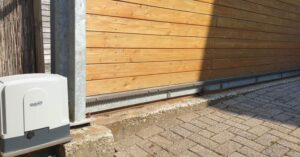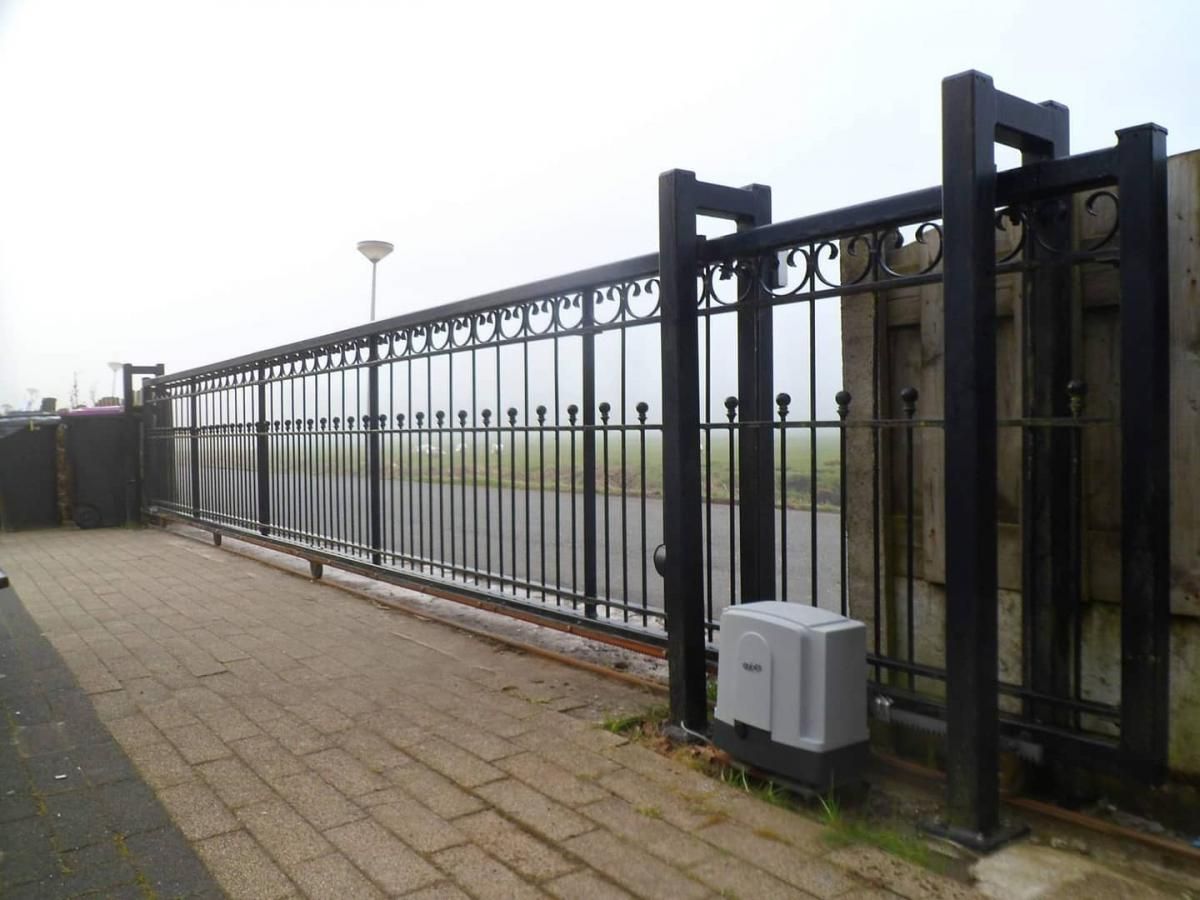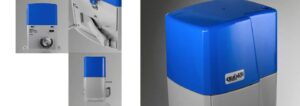How to program automatic gate opener: the complete guide for seamless access
Learning how to program automatic gate opener systems is simpler than you think.
Whether you’ve lost your remote, moved into a property with an existing system, or are installing a brand-new gate, this guide provides clear instructions for all major brands and models.
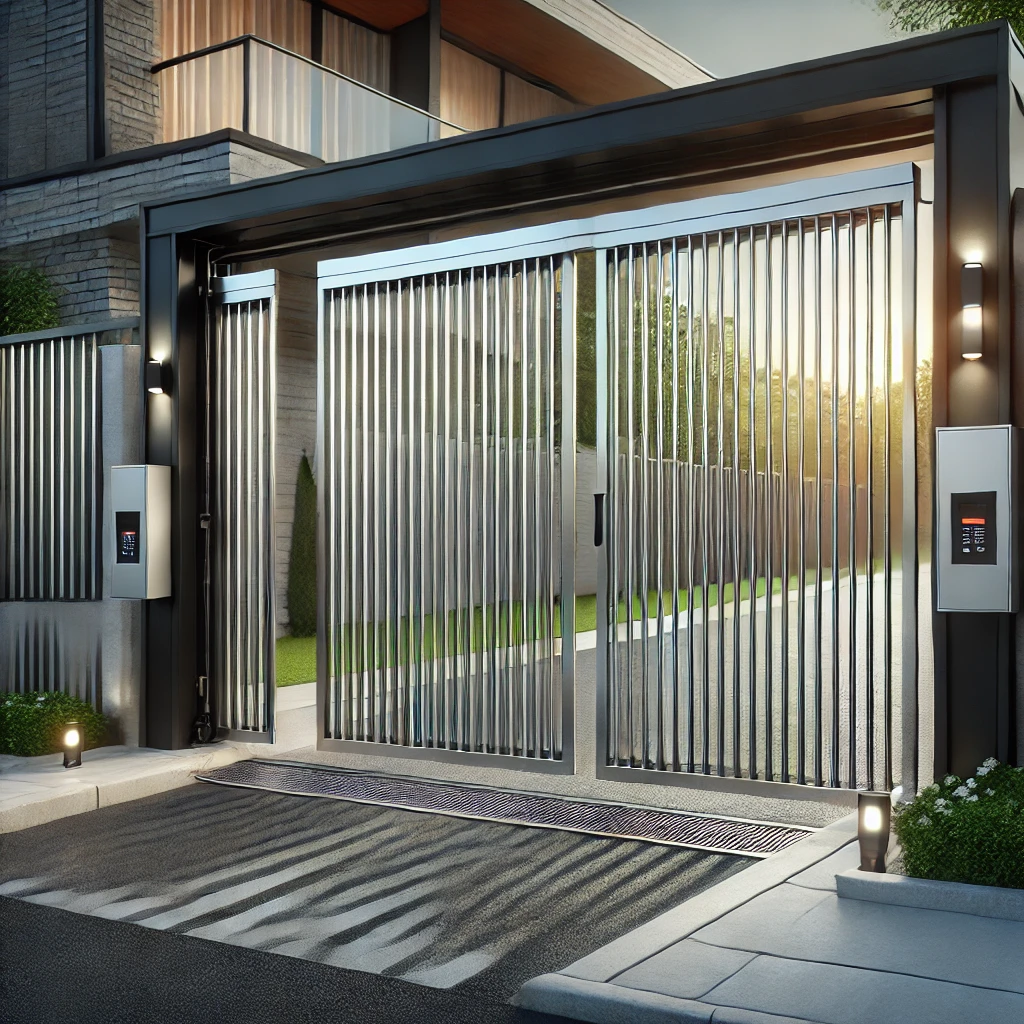
How to program automatic gate opener
The programming process follows similar patterns across most major brands.
Locate the control board near the gate motor. Press and hold the “Learn” or “Program” button until the indicator light changes state.
Once in programming mode, press the button on your remote for 2-3 seconds until the control board acknowledges the signal. Test your newly programmed remote immediately to confirm success.
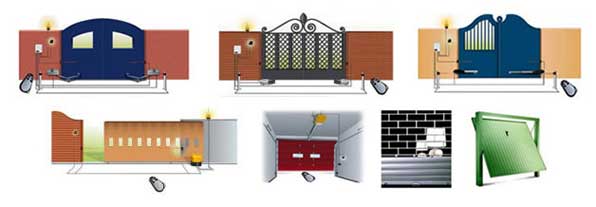
Fonte: freimpiantisrl.it
Understanding different types of gate openers
Each type of gate opener operates differently and may require specific programming approaches.
Swing gate openers
Designed for gates that swing inward or outward. Programming considerations include travel limits, obstacle detection sensitivity, and dual gate synchronization.
Sliding gate openers
Control gates that move horizontally along a track. Programming includes track limit settings, rolling code technology implementation, and motor force adjustments.
Underground gate operators
Provide a discreet automation solution installed below ground level. Require particular attention during programming.
Barrier arm operators
Control vertical arms that rise and lower. Programming involves timing adjustments, safety feature calibration, and vehicle detection integration.
Need professional assistance?
Contact our experts for personalized support
Essential tools and preparation
Successful programming of an automatic gate opener requires proper preparation and the right tools. Before attempting to program your gate remote, gather the following:
required tools
- original manufacturer’s manual
- remote controls with fresh batteries
- ladder for accessing control boards
- small screwdriver set
- digital multimeter for troubleshooting
- protective gloves
preparation steps
- identify the make, model, and type of gate opener
- ensure proper power supply
- disconnect automatic operation during programming
- gather relevant documentation
- check remote compatibility
Proper preparation minimizes frustration and increases the likelihood of successful programming. As a company with five decades of experience in automation systems, Quiko emphasizes the importance of these preliminary steps to ensure smooth operation of your gate system.
Step-by-step guide to programming an automatic gate opener
Programming an automatic gate opener involves a few straightforward steps that may vary slightly depending on the brand and model of your gate opener. Here’s a general guide to help you get started.
Step 1: locate the learn button
Identify the Learn Button on the main control unit, typically labeled as “Learn,” “Program,” or “CH1/2” depending on your model.
Step 2: enter programming mode
Press and hold the Learn Button until you observe a light blinking or hear a beep, indicating the gate opener has entered programming mode.
Step 3: program the remote control
Press the specific button on your remote that you want to use. Some systems may require multiple presses.
Step 4: confirm programming
Wait for a confirmation signal such as a flashing light or beep, verifying that your remote has been stored in the system’s memory.
Step 5: test the remote
Press the newly programmed button to verify functionality.
Step 6: exit programming mode
Most systems automatically exit programming mode, but some require pressing the Learn button again or waiting for timeout.
Additional tips
Always consult your gate opener’s instruction manual for model-specific programming procedures, as manufacturers often implement unique programming sequences or requirements.
If you encounter problems with your newly programmed remote, first check simple issues like battery condition and signal obstructions before contacting the manufacturer’s technical support team for more specialized assistance.
Programming automatic gate closure
For digital boards, use the display screen and buttons to set the timer. For manual boards, adjust the “Timer to Close” knob.
How to program a gate remote with another remote
Many modern systems allow programming a new remote using an existing one without accessing the control board.
Prerequisites
Verify your system supports this feature. The existing remote must function properly, and the new remote must be compatible. Install fresh batteries in both remotes.
Standard procedure
The standard procedure begins by activating clone mode on your new remote, typically by pressing and holding all buttons simultaneously for 5-10 seconds until an indicator light blinks rapidly.
Next, position both remotes facing each other about 1-2 inches apart, then press and hold the functional button on your existing remote. Maintain this position for 5-10 seconds until the new remote’s indicator light changes its blinking pattern, signaling successful code reception.
Completing the transfer
Complete the transfer by pressing the same button on the new remote when the indicator light stops blinking or changes to steady. Always test both remotes immediately to confirm proper operation. If the new remote doesn’t work, repeat the process carefully or consult the troubleshooting section of your manual for additional guidance.
Brand-specific variations
Different manufacturers implement this technology uniquely—check your system’s manual for specific instructions.
Compare features of our Quiko automatic gate models to find the perfect solution for your property
Programming a gate remote without another remote
Without a functioning remote or if your system doesn’t support remote-to-remote programming, you’ll need to program directly through the control board.
Locating the control board
Find the control box near the primary operator. Turn off power before opening the box, then restore power.
Direct programming procedure
Once you’ve accessed the control board, you’ll need to follow a specific sequence to register your new remote. This process varies slightly between manufacturers but follows a general pattern that works for most systems:
- locate the “Learn” button and LED indicators on the control board
- press and hold “Learn” until the LED flashes, indicating programming mode
- press your desired remote button for 2-3 seconds until the LED responds
- exit programming mode, close the box, and test the remote
Memory considerations
Consider erasing old remotes when needed. Systems typically store 20-100 remotes maximum. For security with used systems, perform a complete memory reset.
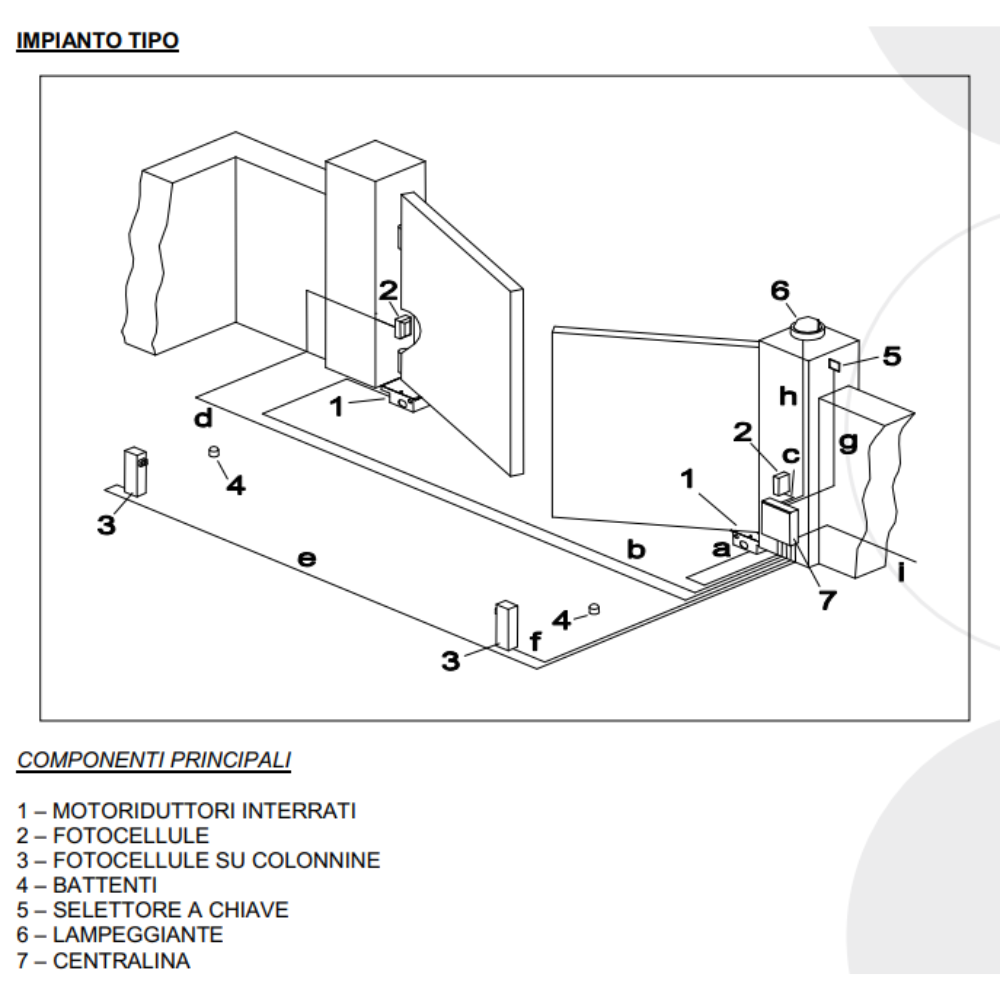
How to program sliding gate remotes
Sliding gates have specific operational characteristics that influence the programming process. This section focuses on the unique aspects of programming sliding gate remotes.
Understanding sliding gate operation
Sliding gates operate on a horizontal track using a rack and pinion system or chain drive. Programming considerations include travel limits, obstacle detection, and speed control.
Programming procedure for sliding gates
Sliding gates require specific programming steps to ensure smooth operation along the track. Unlike swing gates, they need precise travel limits and force adjustments to prevent mechanical stress. Follow these essential steps to program your sliding gate system properly:
- access the control board. Find the control box near the gate operator, open it with appropriate tools, and locate the main control board
- enter programming mode. Press and hold the “Program” or “Learn” button until the LED indicator blinks, then release to activate programming mode
- register remote. Press your chosen remote button for 2-3 seconds until the LED confirms registration. For multi-button remotes, you may need to assign specific functions
- set travel limits. Many sliding gate systems require setting open and close limits. Use the designated buttons to position the gate at its desired open position, set that limit, then repeat for the closed position
- adjust force settings. Modern gates have automatic force learning – run a complete open/close cycle after setting limits. Some systems may require manual adjustment using potentiometers on the control board
Brand-specific sliding gate programming
Various manufacturers implement sliding gate programming differently:
- Quiko sliding systems. Our QK-CE220RL controller features intuitive programming with automatic force learning. Press the “SET” button to enter programming, follow the LED patterns to set limits, and the system automatically calibrates force requirements
- other major brands. Competitors often require more complex programming sequences with multiple button combinations and precise timing requirements
Wireless keypad integration
Many sliding gate owners also install wireless keypads for access:
- enter programming mode on the control board as described above
- instead of pressing a remote button, enter the desired access code on the keypad followed by the pound (#) or enter key
- the control board will confirm registration similarly to remote programming
Sliding gates present unique programming challenges due to their mechanical operation, but with proper attention to detail, you can ensure reliable performance.
Quiko’s decades of experience in sliding gate automation has refined our programming procedures to balance security, ease of use, and mechanical reliability.
Conclusion
In this guide, we’ve covered all the essential steps to successfully program your automatic gate opener, from understanding different gate types to specific programming procedures for various scenarios.
Whether you’re setting up a new system, replacing a lost remote, or adding additional access methods, these straightforward instructions should help you achieve seamless access control.
Have you faced any challenges with your gate opener programming? Share your experience in the comments below, your insights might help fellow homeowners solve similar issues.
For more detailed support with your specific model or for professional installation services, don’t hesitate to contact our technical team or browse our collection of comprehensive guides on home automation systems.
Ready to upgrade your gate system?
Book a free consultation with our automation specialists today
